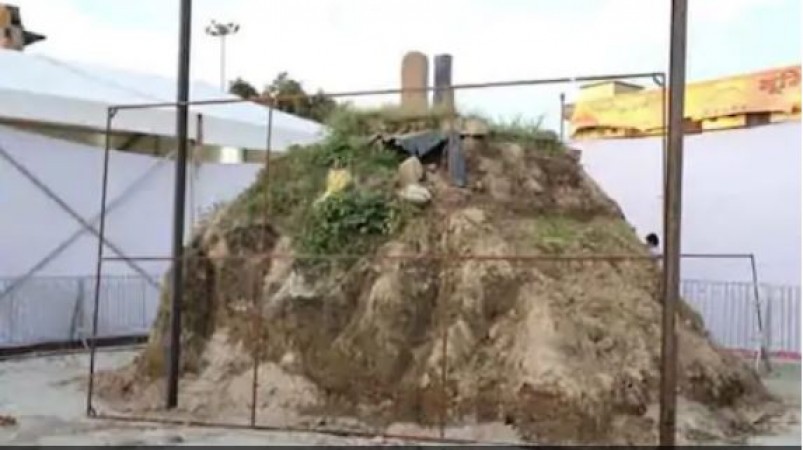
Cleanliness work has been started for the construction of Ram Temple at Ram Janmabhoomi in Ayodhya, UP. During this time the Trust has decided not to remove the stone planted by Edward Teertha Vivechani Sabha in the premises. This inscription was established in 1902 through the assembly of Ayodhya Tirtha Vivechan. There is also a test pole next to it, which proves the birthplace of Ram Janmabhoomi. Because of which this inscription could not be removed.
According to Acharya Satyendra Das, the chief priest of Ram Lalla temple, the inscription on the premises marks the site of Ram Lalla sitting in the premises. According to him, Ram's birthplace was marked by the Ayodhya Teerth Vivechani Sabha. In the decision that came on November 9, this shilapat gives evidence of Ram's birthplace, so this inscription has not been removed yet.
Acharya Satyendra Das said that "The Kasauti pillar located next to the council of Ram is the most important. It is clearly depicted in the ancient stone that is situated in it, that the birthplace of Ram Lalla is there. Everything was removed during the levelling of the Ram Janmabhoomi complex, but the ancient stone and stone pillars have been retained as the status quo. It shows that it is the birthplace of Ram Lalla. According to the identification, the house of Lord Ram will be constructed. The decision came through these stones. It was proved from the pillars that there is a temple of Ram down here.
Delhi Police arrests ISIS terrorist Yusuf during encounter